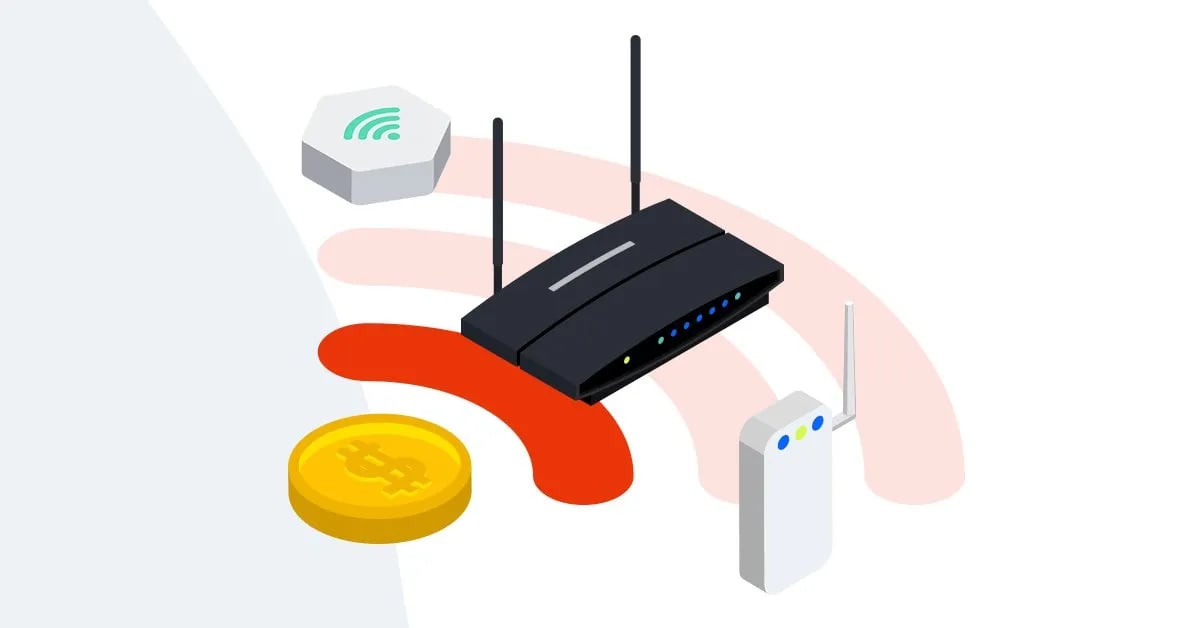5 challenges ISP technicians face when installing WiFi

For current and future ISP subscribers, a strong and reliable WiFi connection is the most important thing an internet provider can offer. The installation process sets the tone for a customer’s overall experience with your company and can make or break their future with you as a subscriber.
But if you don’t nail the installation from the start, you’re much more likely to see those customers seeking services elsewhere. With 5% of WiFi installations requiring a turnaround tech visit and 15% of ISP churn happening within the first 90 days of installation, it’s easy to see how this could pose a problem for your business.
So what is it that makes WiFi installations so hard to get right? To help answer this question, we’ve compiled a list of five key challenges WiFi technicians face when they visit a customer’s home for the first time.
1. The one-size-fits-all approach doesn’t actually work
As a technician walking into a new home for the first time, it’s difficult to know the best placement for a customer’s router at first glance. In many homes, there are multiple access points to choose from and even more considerations when you bring mesh WiFi systems into the fold.
Factors like the shape of the house and the location of high traffic or out-of-the-way areas need to be considered but are difficult for a technician to quickly assess when doing the installation. With so many options in play, technicians may defer to customers’ requests or simply go with the solution that has worked for others, even if those might not ensure the best WiFi performance.
2. Customers don’t know enough about WiFi best practices
Though today’s ISP customers are much more knowledgeable about WiFi than those of years past, there’s still a lack of proper customer education when it comes to WiFi connectivity. Customers don’t understand how things like the placement of the router or mesh WiFi pods can affect their internet performance.
When a customer wants to hide their router in the basement because they don’t like the look of it or don’t want pods because they think you’re just trying to upsell them, it’s difficult for technicians to get around those concerns. This can often lead to WiFi connectivity issues for customers down the line.
3. Technicians don’t have practical sales training
As WiFi technology has advanced, installations have grown more complex. It used to be a simple process of just figuring out where to place a router. But now, with extenders and pods in the mix, the technician is also trying to figure out where these additional items should go and, in some cases, convince the customers they need them.
Because of this, there’s an expectation that technicians need to also act as salespeople. This isn’t very realistic, however, as most technicians have neither the desire nor the training to be a salesperson. This makes it challenging for techs to upsell when customers don’t understand how home networks work in the first place, and see upsell suggestions as money grabs instead of something they actually need.
4. Outdated markers for success don’t capture customers' needs
Many technicians are still testing the speed at the source and using that as the sole indicator of a successful installation. But the vast majority of customers will never actually plug a device right into their modem, especially since most devices don’t even come with that capability anymore.
Nowadays, customers care about WiFi and nothing else. This means your technicians need tools to help them determine the quality of the WiFi experience throughout the home, not just the speed going to the modem where it’s at its best.
5. Limited process enforcement leads to contrasting customer experiences
When it comes to WiFi installation, you don’t just need to get it right on one install; you need to get it right on hundreds or thousands of them, depending on your market. You also need to train a large enough workforce to meet your current demand.
Without a standard installation process in place for all of your technicians, you can’t provide a uniform experience for all your customers. This is especially important when third-party contractors are involved as they may not have the same knowledge as in-house technicians.
How certified WiFi installations can address these challenges
Investing in a certified WiFi installation process is a great way to combat the challenges technicians face on their initial home visits. This is especially important if you want to make sure your customers are getting the best experience possible.
With certified installations, your customers will get a tangible report at the end of their appointment that includes all the information about what happened during the installation and the current state of their WiFi network. This will help ensure that customer expectations are met, technicians have followed the right procedures, and that there’s a record of what happened for future use if needed.
If you’re able to get the install right, the subscriber’s internet is going to perform exactly the way the customer wants when that technician leaves the home, making for a much happier customer with a lower likelihood of churn.
